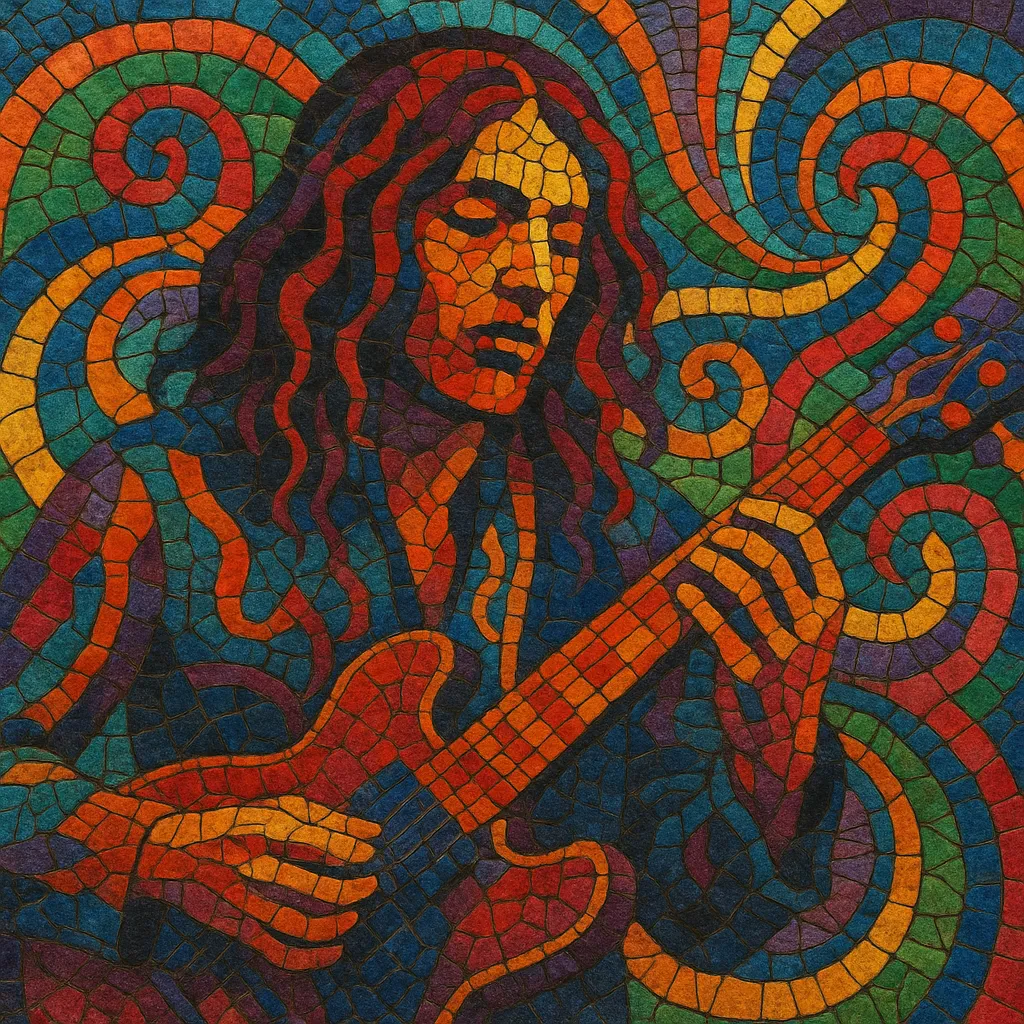
Psychploitation is a late-1960s studio-driven, budget-conscious offshoot of psychedelic rock that "exploited" the era’s fascination with mind-expansion and far-out sounds.
Issued largely by budget and library labels, these LPs were often credited to ad‑hoc studio projects and session players. The music foregrounds fuzz guitars, Farfisa/Vox organs, electric sitar, droning tambura, vibraphone, heavy spring reverb, tape delay, and ping‑pong stereo effects. Tracks tend to be instrumental or minimally voiced, groove-led, and hooky—sometimes covers of current hits—designed as sonic spectacles to sell the psychedelic idea as much as a band.
Aesthetically, psychploitation blurs garage-rock grit, lounge/easy listening sheen, exotica motifs, and soundtrack/library sensibilities. Today it’s prized by crate-diggers for its kitsch-meets-innovation charm, sample-ready breaks, and vivid period production.
Psychploitation arose in the United States during the peak of the psychedelic boom (c. 1966–1969). Budget and library labels (e.g., Crown/Custom, Alshire, Design/Pickwick) recognized a market for “psychedelic” records and commissioned session bands and producers to rapidly cut LPs. Rather than road-tested groups, these were frequently anonymous studio projects assembled for quick turnarounds and eye-catching covers.
The style borrowed psychedelic rock’s sonic signatures—fuzz guitar, phased organs, raga‑tinged drones—and combined them with the concise forms and cue-based writing of library/soundtrack music. Techniques included tape echo, reverb-laden drums, extreme stereo panning, wah-wah guitar, electric sitar, and occasional musique concrète flourishes. Material ranged from originals with descriptive titles to cash-in cover versions of contemporary hits, all optimized for immediate, marketable "trippiness."
As the 1960s ended, psychedelia diversified into heavier, folkier, or more progressive strains. Budget-label psychploitation diminished, folding into broader library/soundtrack and easy listening currents, while some session players moved on to funk or cinematic grooves.
From the 1990s onward, collectors and reissue labels revived interest in psychploitation for its breakbeats, deep grooves, and distinctive production. Its blend of kitsch, nostalgia, and vivid studio craft resonated with later scenes (hauntology, hypnagogic pop, vaporwave) and with sample-based producers mining vintage LPs for textures and loops.

